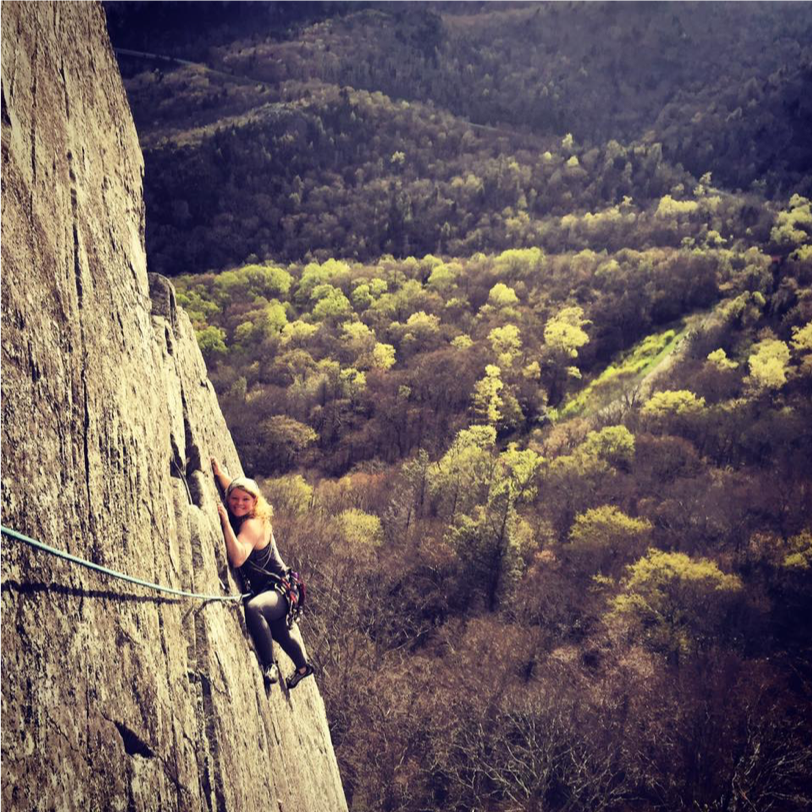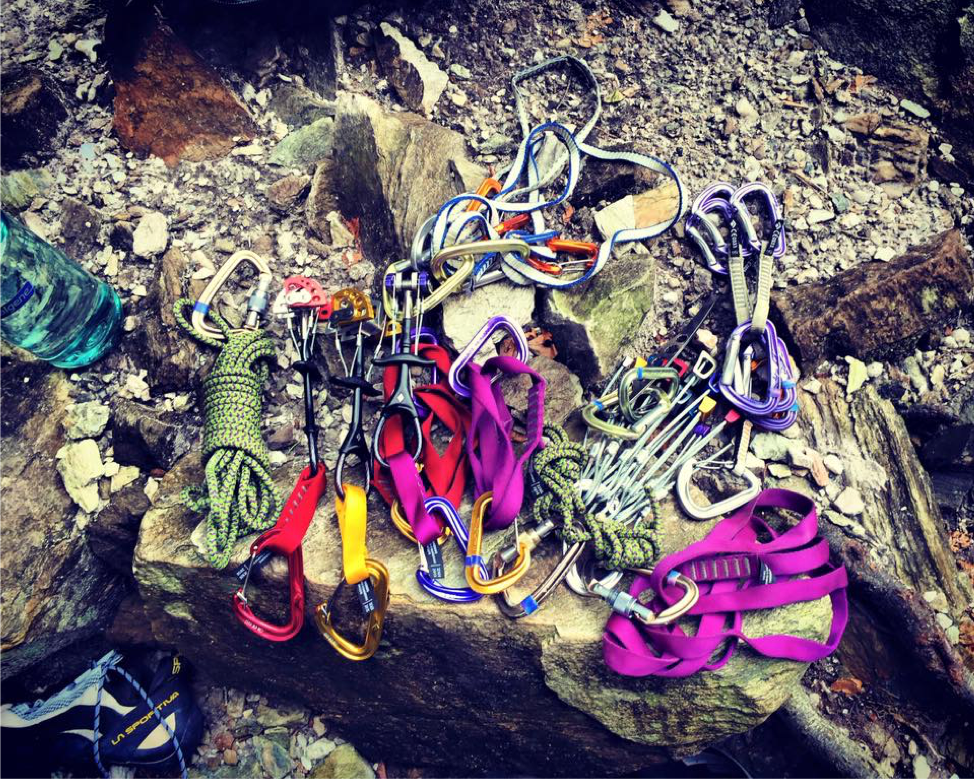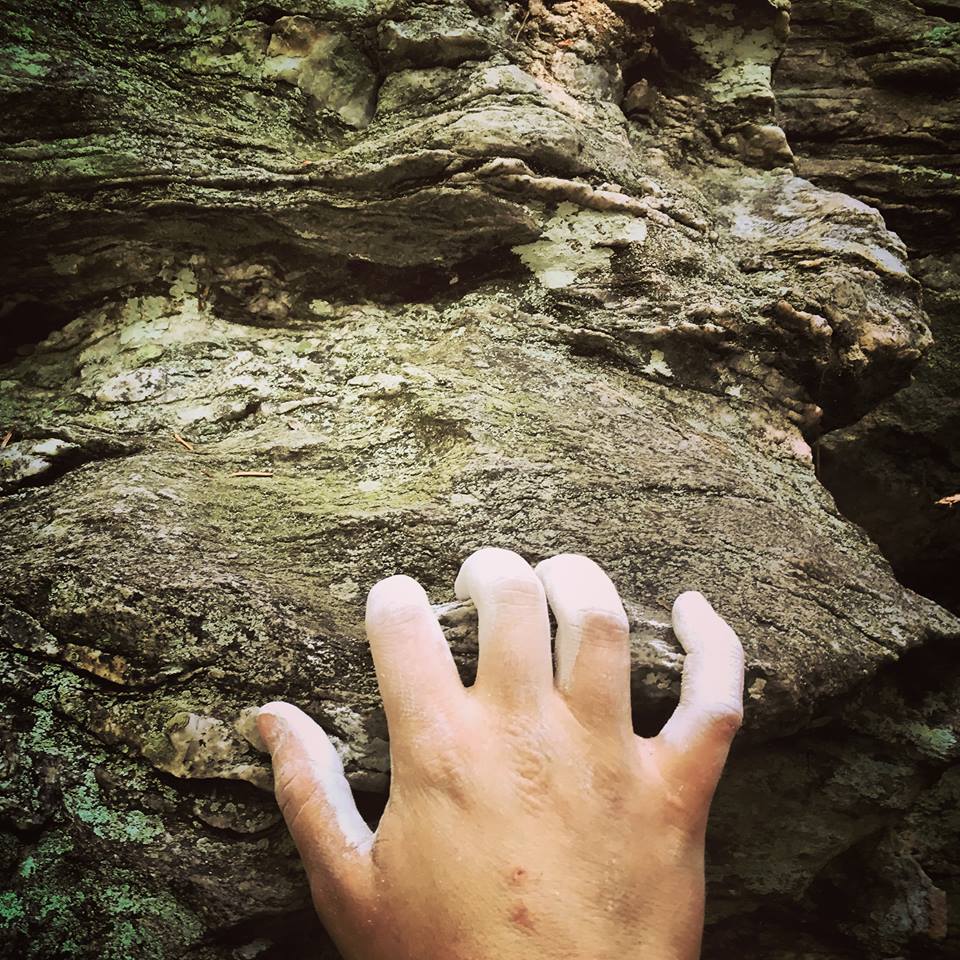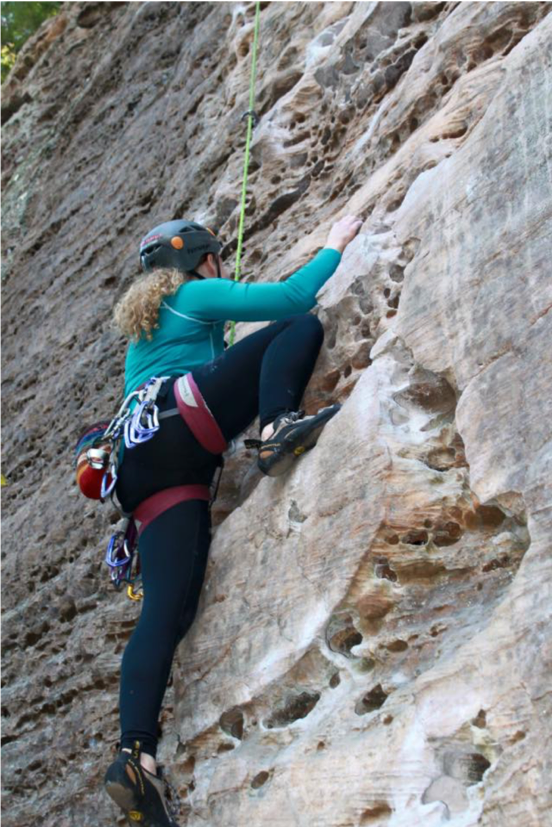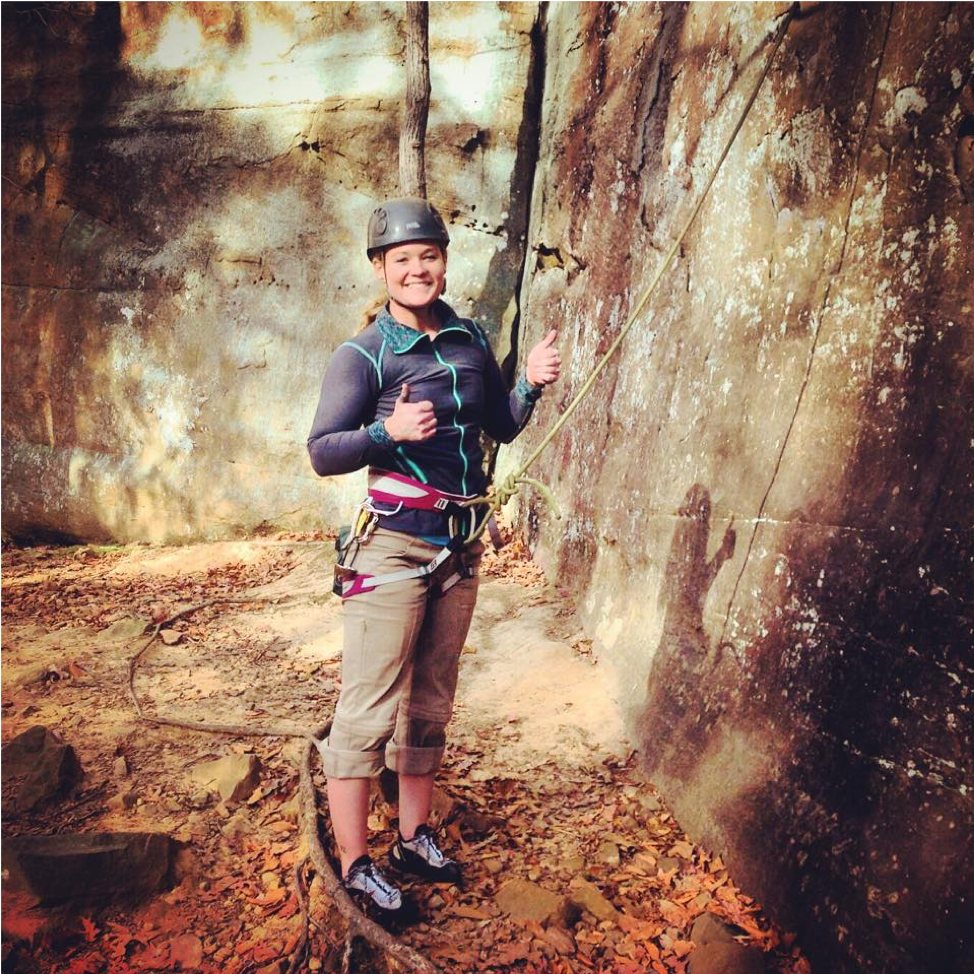Pulling on plastic holds in the climbing gym can be an excellent workout and a fun social activity.
Finally sending that pink 5.11 project you’ve been working on for weeks awards a definite sense of accomplishment — but eventually you may tire of climbing the same routes over and over and find yourself counting down the days until the route setters put up the newest problem.
Many climbers eventually get bored of climbing in the gym and set their sights on the exciting challenge of transitioning to outdoor climbing.
Just because you can climb well in the gym doesn’t mean you can immediately go outdoors and expect to scale that overhanging wall at your local crag, however.
Climbing outdoors requires an advanced skill set, lots of gear, and a strong head.
Approach outdoor climbing with a high level of respect, be prepared to practice new techniques, and don’t expect to climb at the same level you’re climbing in the gym.
Most importantly, find an experienced mentor to show you the ropes and have fun!
How to start rock climbing outdoors
Go with a guide or an experienced friend. Climbing outdoors involves a greater level of risk than climbing in a climate-controlled gym environment and there’s no substitute for experience.
Although reading literature can be helpful, do not try to teach yourself to climb outdoors — it’s dangerous.
Unlike the indoors, crags and mountains are exposed to weather, including rain, snow, and temperature changes. Depending on where you live, you might not be able to climb outdoors during certain parts of the year.
Don’t have an experienced friend? Your gym or climbing shop can be great resources to get started climbing outside. Many gyms offer guided outdoor climbing classes.
If you’re in the USA and there’s an REI in your area, REI Outdoor School Classes can show you the ropes, as can Plas Y Brenin or Glenmoor Lodge in the UK. Lastly, you can search online for a certified guide or guide school to take you out, which is especially helpful if you want a one-on-one or more personalized experience.
Be aware that most classes and guided lessons are going to cost money — often hundreds of dollars. Gyms and climbing shops often offer discounts if you’re a member, but learning to climb outdoors is not going to be free unless you have a fantastic experienced friend who’s willing to take you out.
Even then I’d suggest repaying him or her with a six pack — teaching someone to climb outdoors is a lot of work. It’s not something you’re going to learn in one day or even over a weekend — climbing outdoors involves repeatedly practicing an arsenal of skills before you’re competent enough to go out on your own.
What gear do I need to buy?
Although you might be lead certified at your local gym, you’re going to want to begin your foray into outdoor climbing with top roping. Unlike the gym, your local crag isn’t going to have top ropes set up for you — you’re going to have to buy your own rope and learn to set it up yourself.
Perhaps in the very beginning a trusted friend or guide school will provide the gear you need to start climbing outdoors, but you’re going to want to buy your own gear sooner rather than later. This will also allow you to practice skills at home, such as tying knots, anchor building, and rope management.
Borrowing gear is not recommended because you can’t be certain how much use it’s had — which could pose a serious safety hazard.
Climbing harness: If you’re a seasoned gym climber, you likely already own a harness. If not, purchase one that fits you well and has gear loops for carrying equipment.
Climbing shoes: Again, if you don’t own your own pair already, you’re going to have to buy a pair before you head outside. Rock shoes protect your feet while providing friction for gripping footholds.
Climbing helmet: This is one of the most important pieces of gear to buy for climbing outside and you should wear it every time you climb. Helmets will protect your head from falling rock or debris and also in the event of a fall. Make sure your helmet fits snugly, but isn’t uncomfortable.
Belay device and carabiner: Whether you prefer using a tubular or an assisted braking device, you’re going to need your own for climbing outside. Make sure the carabiner you buy is designed to be used with a belay device.
Climbing rope: A dynamic climbing rope is essential for climbing outside, as crags don’t have top ropes set up on them. Make sure the rope you purchase is UIAA certified. As far as the length is concerned, it really depends on personal preference, but a 50 or 60 meter is all you need when you’re just starting out.
Anchor equipment: The routes you’re going to want to start climbing on will be equipped with bolts and chains, but you’re going to be responsible for setting up an anchor from which to hang a top rope. You’re going to need a minimum of 25 feet of 7mm cordelette and at least four locking carabiners — two for the anchor side, two for the rope side.
Hiking shoes, approach shoes, or tennis shoes: Yes, you have a pair of climbing shoes already — but unlike in the gym, unless your crag is accessible directly from the parking lot, you’re likely going to be doing some hiking to get to the designated climbing area. Climbing shoes are not comfortable for hiking and will wear out quickly — which is why a good pair of hiking, tennis shoes, or climbing-specific approach shoes (fitted with sticky rubber for scrambling) are essential for getting to the crag.
Backpack: You’re going to want something to carry your gear from your car to the climbing area. While any backpack will do, climbing-specific packs offer great features for storing your gear and rope. You may want a rope bag, as well, so that you’re not flaking out your climbing rope in the dirt — attributing to degradation over time.
What skills do I need to learn?
Going with a pro is the best way to master the skills you need for top-roping outdoors. You should already be familiar with tying a figure eight knot, tying a double fisherman’s knot, belaying, and lowering off a climb from your experience in the gym. If not, these are the first skills you will need to learn.
New skills specifically meant for the outdoors will include building a top rope anchor, hanging a top rope, rope management, and safety elements highlighted by backing yourself up at the anchors. Rappelling may also be required depending on the layout of the climbing area.
Gym ratings vs. outdoor ratings
Although you might climb 5.12 in the gym, don’t expect to climb at the same level outside right off the bat. Routes are graded more leniently in the climbing gym than in outside climbing guides.
If you’re competitive, this might come as a bit of a disappointment, but when you’re just starting out climbing outside, try not to take the grades too seriously. Focus instead on developing your skills and mastering the new movements required by real rock versus indoor gym routes.
Climbing outdoors is a completely different experience. Instead of a few hours in the gym, you might be climbing outside all day, which will require more endurance. Take breaks in between routes. Be sure to warm up and cool down.
Above all else, have fun! What’s the point of rock climbing if you’re not having fun?
Other considerations
Mental fitness: While climbing indoors requires you to face any fear of heights and falling, climbing outdoors will test you in different ways. The routes aren’t marked with colored holds, meaning you have to find your own way. This could mean trying different movements and techniques until you unlock a sequence.
You’re also going to have to put more trust into your partner and your gear. In addition, real rock is unforgiving. Be prepared for scrapes and bruises when you’re first developing your outdoor climbing skills.
Your hands may also take a beating — limestone, granite and gritstone can be sharp and textured compared to plastic gym holds.
First aid: Due to the nature of the outdoors, a first aid kit is a great thing to have with you at all times. Recommended items to carry include blister care, bandaids, ibuprofen, alcohol wipes, and a bandage. Check out one of our other articles on how to build a simple climbing first aid kit.
Nutrition and hydration: Unlike the gym where you likely only spend a few hours, be prepared to spend an entire day outdoors. This means carrying plenty of water, lunch, and snacks so you don’t get dehydrated or hungry. Climbing can use up a lot of energy — so bring caloric snacks such as trail mix or energy bars. Remember, there’s no drinking fountain where you can fill up your water bottle, so pack enough to last you the entire day.
Handling the elements: One final thing to consider when climbing outdoors is the elements. Be sure to check the weather before heading out to the crag. If it’s been raining for the past week, the rock is likely to be wet and will require a few days to dry out. If it’s going to be sunny, be sure to pack a hat, sunglasses, and sunscreen. If there’s a chance of rain, pack a rain jacket. Wear appropriate clothing for the temperature that day.
The gym can be a great place to climb when the weather is bad and for training purposes, but nothing beats getting outside on real rock. Use this guide to get started and plan your first outdoor climbing trip.

